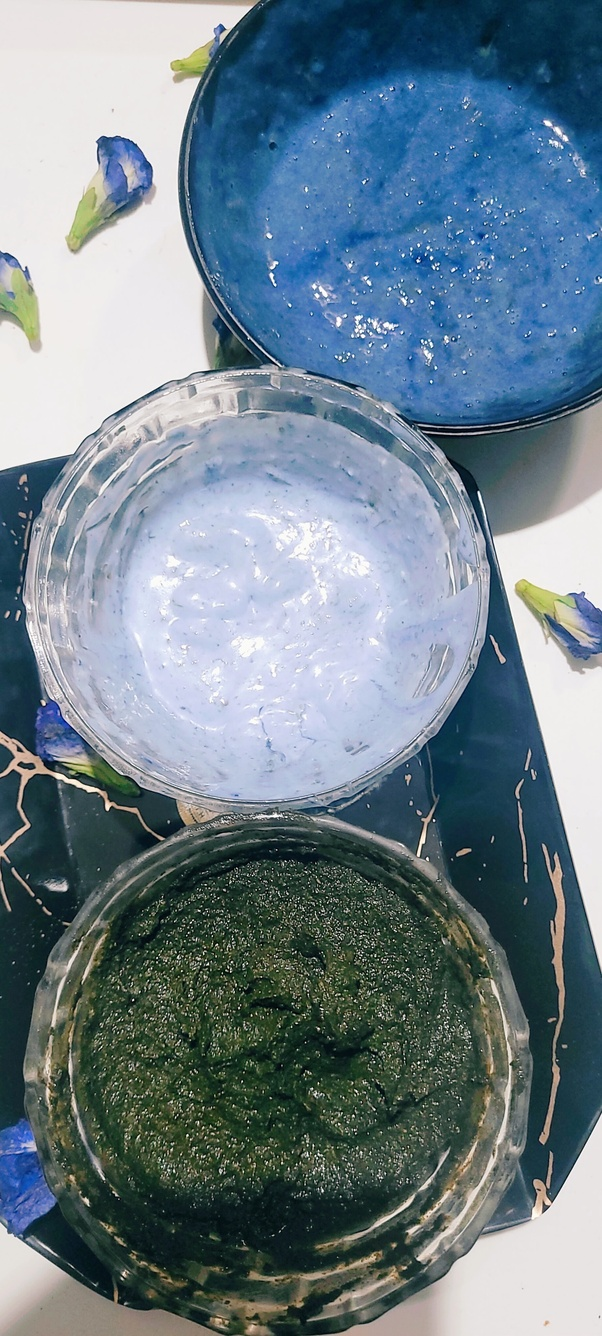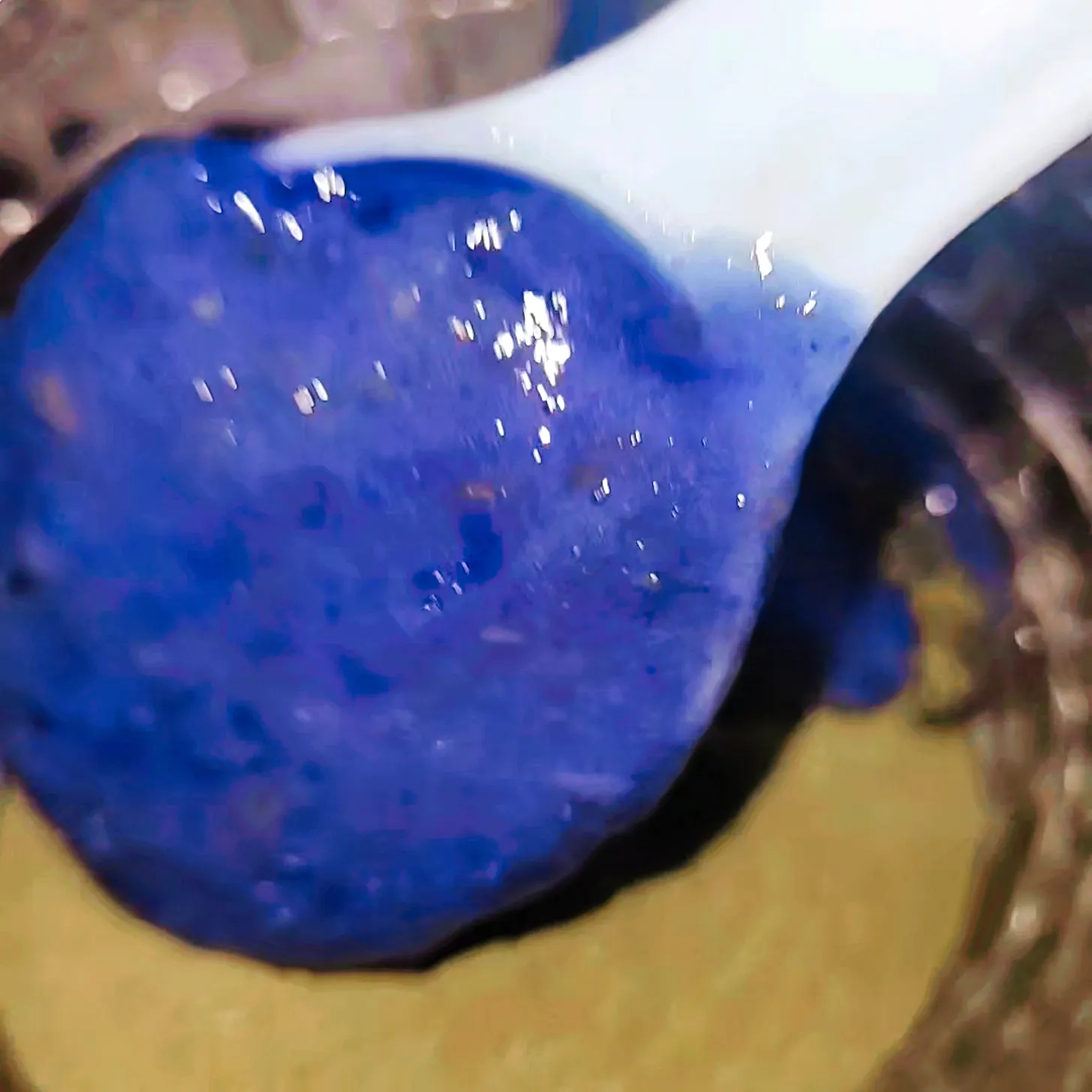Butterfly pea flower-based face masks: three different recipes for a radiant complexion
Even though they might not be well known everywhere in the world, butterfly pea flowers are prized in Southeast Asian traditional medicine for their possible skin benefits. Butterfly pea flowers are a rich source of antioxidants and flavonoids, which may help protect the skin from free radical damage and give it a more youthful look, according to the book "Healing Foods" by DK Publishing.
Butterfly pea flowers also contain flavonoids and peptides that aid in promoting the production of collagen, which can enhance skin elasticity and lessen the visibility of fine lines and wrinkles. The flowers also have anti-inflammatory qualities that can help heal and soothe irritated skin.
One method to incorporate them into your skincare routine is through butterfly pea flower tea, which can be applied to the face as a toner or mist. The tea can also be used as a rinse after shampooing or as an ingredient in facial masks to encourage healthy hair and skin. Butterfly pea flowers may be good for the complexion, but it's important to keep in mind that they shouldn't be used as a substitute for healthy skincare practices like sun protection, hydration, and gentle cleaning. Let's proceed with the preparation of the face packs.
The butterfly pea flowers should be combined with boiled potatoes in order to make a paste. I used butterfly pea flowers that had been dried and soaked in rosewater.
Pudina, another name for mint, has many advantages for the skin and can help you look younger. The cooling impact of menthol, which has a cooling effect on the skin, may ease itchy or inflamed skin and reduce inflammation. Antioxidants, which defend the outermost layer of the skin from oxidative and environmental stresses, are abundant in mint. Mint additionally has antibacterial and anti-inflammatory qualities that can aid in the battle against acne and support healthy skin.












